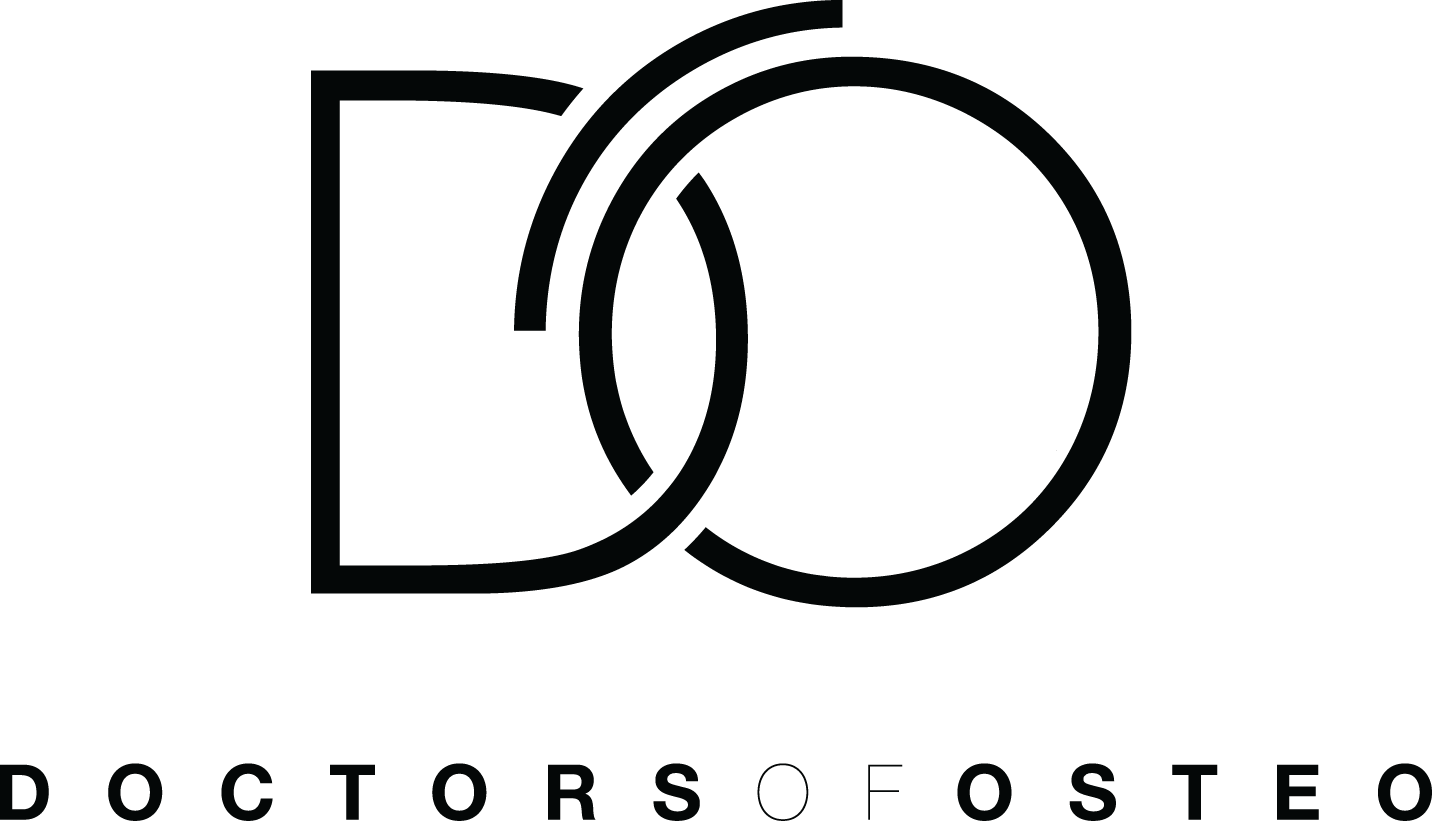Trigger Finger
What is Trigger Finger?
Trigger finger (also known as Stenosing Tenosynovitis) is a painful condition affecting a finger or thumb that becomes 'locked' after it has been bent (flexed). It is difficult to straighten out without forcefully pulling on it by the other hand. Trigger finger occurs when the pulley at the base of the finger becomes thick and inflamed, constricting around the tendon, and making it hard for the tendon to move freely through the pulley.
How do I know if I have Trigger Finger?
Symptoms of trigger finger include:
Discomfort/pain felt at the base of the finger or thumb
Stiffness
Swelling
Catching or popping sensation in your finger or thumb joints
Tender to touch over inflamed area
A nodule may sometimes be found in the area
What causes Trigger Finger?
There are a few different reasons trigger finger occurs. One is forceful or repetitive use of your hand. This can be seen in careers such as carpenters who are using nail guns or power drills for an extended period. Pre-existing conditions such as rheumatoid arthritis, gout and diabetes can also increase the risk of individuals developing trigger finger in the future.
What should I avoid doing if I have Trigger Finger?
Avoid aggravating activities such as repetitive gripping or force with the affected finger. Force also includes having to stabilise power tools and appliances. If these activities cannot be avoided gloves or splints may be beneficial.
Do I have to have surgery with Trigger Finger?
Surgery is only performed in rare cases where more conservative treatment options have failed. A more invasive technique, but less so than surgery, is a corticosteroid injection. The strong anti-inflammatory steroid is combined with a local anesthetic to make the injection into the tendon sheath less painful. A finger splint may be advised for a few days after the injection to rest the finger. A second injection may be needed if the first does not work.
An operation done under a local anesthetic may be advised if the above does not work. A small cut is usually made at the base of the finger and the tendon sheath is widened. The operation is usually very successful. An alternative operation is a percutaneous trigger finger release. A needle is used to release the tight mouth of the tunnel so an open operation is avoided. However, with an operation, there is a small risk of damaging the tiny finger nerve and causing some numbness to the finger. Also, as with any operation, there is a risk of wounds becoming infected.
What can I do at home to help with my Trigger Finger?
Cold/Warm hand baths: Hot or cold therapy may help alleviate some of the symptoms of trigger finger. The warm water is suggested to increase blood flow, helping resolve the inflammatory process faster, as well as assisting in the relaxation of muscles that have seized in the area. Cold therapy may be helpful when the finger is extremely painful, by numbing the area and also reducing the blood flow and fluid accumulation when the finger is red, hot or swollen.
Rest: Some patients will improve without any treatment. Simply resting the hand and allowing any inflammation to settle may resolve the problem without the need for treatment.
Pain Killers: You may be advised by your treating practitioner to take painkillers (E.g. paracetamol or ibuprofen).
Splinting: Your symptoms may improve if your finger (or thumb) is strapped to a plastic splint so that it is completely straight. Some people only wear a splint at night.
Self massage: Self massage may provide some relief when the finger is recovering, however, if it is extremely painful, red, hot or swollen, you may want to wait until the inflammation has subsided.
Can an Osteopath help with Trigger Finger?
Osteopaths can help with Trigger Finger using a range of treatment techniques and lifestyle advice.
In the initial consultation, your osteopath will assess your hand and may order radiographic imaging to assist with the correct diagnosis, prognosis (tissue healing time) and management plan.
Osteopaths can help you identify the possible aggravating and contributing factors to the development of your finger/ thumb.
Osteopaths will use a range of individualised soft-tissue, massage, manipulation, stretching and mobilisation techniques during your 45min appointment to improve pain, swelling and fluid drainage.
An adjunct treatment known as Shockwave Therapy has been found to be of benefit in some studies, suggesting it assists with decreased pain levels and improves functional capacity, range of motion, grip strength, and pinching strength. (1)(2)
An individualised rehabilitation program will be implemented to prevent further aggravation of the hand and exercises/ stretches are regularly used to strengthen the appropriate muscles and improve joint mobility.
ReferencesDogru, M., Erduran, M., & Narin, S. (2020). The Effect of Radial Extracorporeal Shock Wave Therapy in the Treatment of Trigger Finger. Cureus, 12(6), e8385. https://doi.org/10.7759/cureus.8385
Dogru, M., Erduran, M., & Narin, S. (2020). The Effect of Radial Extracorporeal Shock Wave Therapy in the Treatment of Trigger Finger. Cureus, 12(6), e8385. https://doi.org/10.7759/cureus.8385
Our team of qualified osteopaths serve the areas of Hawthorn, Kew, Balwyn, Canterbury, Camberwell, Richmond and Glen Iris. If you’re experiencing trigger finger in your hands, book an appointment with one of the caring osteopaths at Doctors of Osteo for help.
Providing healthcare with our osteopaths near me in Hawthorn, Hawthorn East, Kew, Balwyn, Canterbury, Camberwell, Camberwell East, Richmond, Malvern and Glen Iris.



